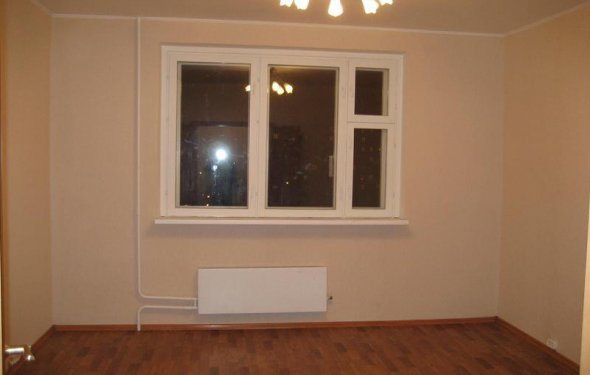Ceramic Tile Work


Minimum set of tools for ceramic tiles
After all the preparatory work prior to the stove has been carried out and when the time comes to take over the stove, any master will need a minimum necessary set of tools, including:
To paint
The paint before laying the stove is better removed and can be done with both a mechanical method and a construction phenomenon or special paint destroyers. But if the paint is strong enough and strong enough, you can stick it right on it. But it's better to make a stack of about two centimetres on the wall so that it becomes more chromatic and the clutch has improved.
But it's better to make a stack of about two centimetres on the wall so that it becomes more chromatic and the clutch has improved.
On foam
It is not recommended that the stove should be based on this base, as it can quickly deteriorate, with no effort. If the stove fits on the facade, it's best to use the usual concrete as the basis. If you're still willing to take a risk, you're going to need a good immersion before you put it.
On the thing.
 The old thing can only be labelled if it is securely attached to the wall. If the surface was equated with a piece of equipment, then the stove would have to pass for a while, usually not less than two weeks.
The old thing can only be labelled if it is securely attached to the wall. If the surface was equated with a piece of equipment, then the stove would have to pass for a while, usually not less than two weeks.
Brick surface
Before sticking a stick to a silica or concrete brick, it needs to be tampered with. If the wall is made of a ceramic brick, it may be necessary to level the surface: the opening parts, and the falls, to spill the solution. Some parts of the hammer will need to be removed, and then the solution will need to be poured in the case of non-solid parts, cracks, etc.
Fresh ground
Putting a stove on the surface that already has some coating is certainly more difficult than using a new base, but there are some nuances. For example, concrete surfaces must be kept for several months, and the readiness can be verified in a simple way: a small scratch of the nails should be made, and then see if the edges of the scratch - if not, the surface is fully ready for the stove.